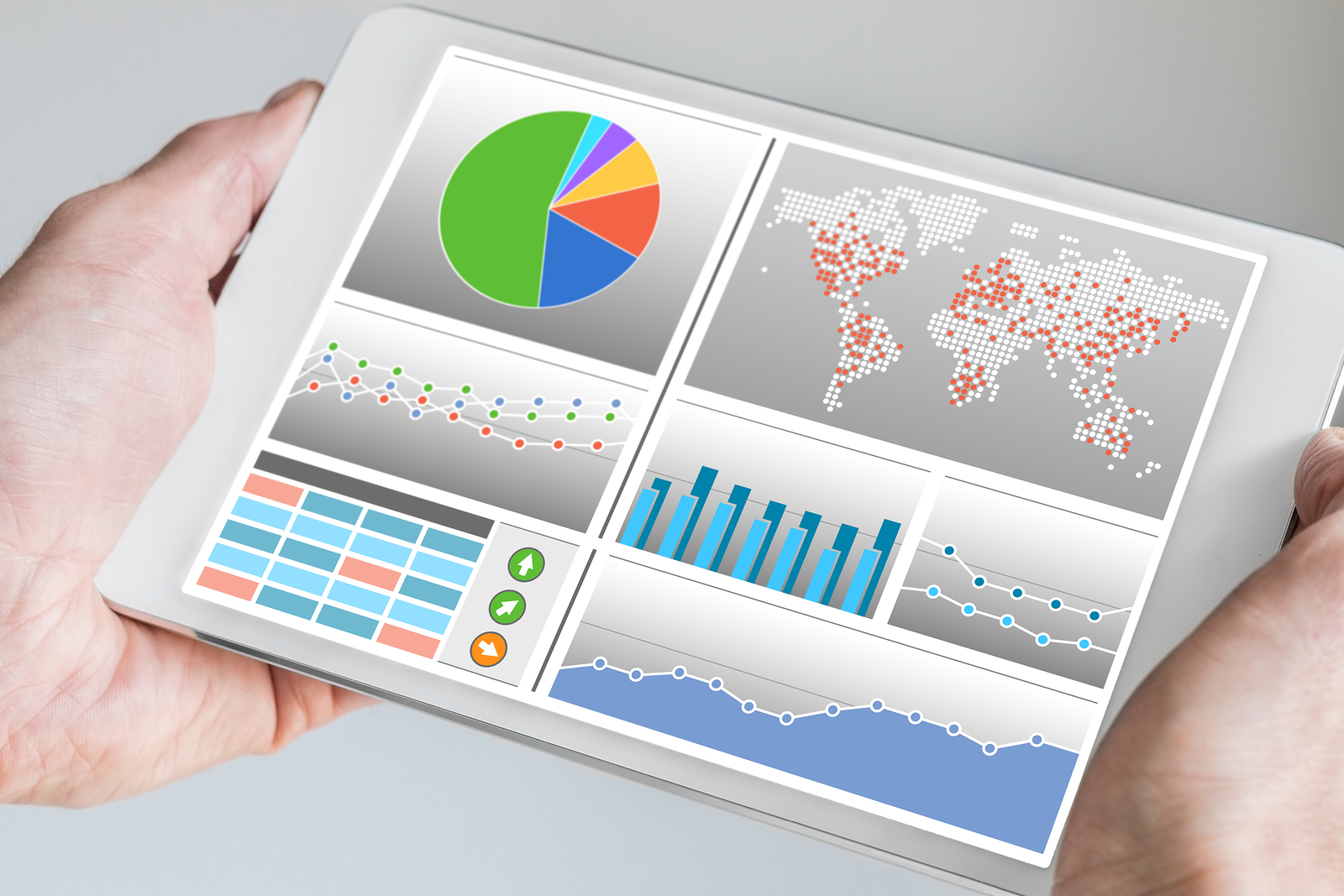
How HR Analytics is Elevating the Role of HR Through Strategic and Holistic Talent Management – Providing the Foundation for Mental and Emotional Well Being in the Workplace
Winning in the marketplace starts with winning in the workplace. That’s according to a recent study from West Monroe Partners, where a majority of business professionals surveyed indicated an empowered workforce is critical to succeed in supporting a winning customer experience. The key to an empowered workforce, say researchers, is “cultivating a culture of engagement, intentionally, designing employee experiences, and supplying employees with the tools needed to do their jobs.”
But how do HR leaders move the needle in this area?
In today’s Knowledge Economy, where work output is no longer solely tied to machines and material, we’ve seen a growing importance on technology and tools to gauge employee engagement, including 360-degree performance appraisals, peer-to-peer recognition programs, and methods to understand the Voice of the Employee via structured and unstructured means.

Analytics have been used in HR for many years for reporting regarding recruiting, interviewing, hiring and exit interviews. Today, the use of analytics is being expanded to support the business imperative of employee engagement and employee experience to support retention and development of employees and ensure a rewarding, inspiring, and supporting work environment.
To this end a newer type of analytics tool known as “people analytics,” is providing the requisite insights to drive improvements in these areas. And its ability to integrating mental and emotional wellbeing into performance management is helping organizations create environments where engaged and resilient teams feel empowered to thrive.
People analytics evolved from Workforce Analytics, which focused on repetitive work production in BPOs and call centers. Originally, its primary purpose was in measuring productivity. Today, it has been expanded to a wide range of roles in the organization that focus on non-repetitive work streams such as software development, engineering, and marketing. Also, its adoption, use case and scope has moved beyond measuring productivity to encompass other objectives such as the foundation for process improvement, understanding work “wastage,” and employee engagement trends and opportunities. As such, it’s moved from an HR tool to a business transformation tool.
In the past, information around work productivity and employee engagement has been captured via manual recording (time cards), surveys and questionnaires. These methods lack valuable context and timeliness, leaving HR leaders to guess/theorize, make assumptions and or rely on manual input — the accuracy of which is dependent on employee compliance and/or the emotion quotient – i.e. whether an employee is having a good or bad day and/or how they feel at that moment.
To build a true data-driven decision-making culture, HR must move away from manual, self-reporting to automated data capture and analysis, and find ways of capturing data to formulate real-time and continuous insights to drive HR decision-making to support talent management. The practice of people analytics does this by helping organizations:
- Uncover bottlenecks and eliminate elements of work that are painful, time-consuming and non-value added, so that people can focus on what they love to do, to ensure a highly engaged workforce.
- Refine workflows to make teams more productive to run more lean, productive, and profitable operations.
As well, one of the greatest benefits of people analytics is that it enables both HR and functional leaders to evaluate the same data set, and be in “lock-step” to manage and utilize these human resources to their full potential. As a result, the technology is being used to support transformational use cases and progressive HR policies (such as Work from Home) to attract and retain top talent and establish competitive differentiators.
As with any initiative that involves data about people (talent), it’s critical for HR to lead and and own people analytics initiatives. And due of its ability to drive significant business impact, it presents a tremendous opportunity for HR leaders to take on a more comprehensive focus (and a seat on the board), given they can now offer greater value to the organization. People analytics is helping to guide business on the means to gain competitive advantage through strategic and holistic talent management and improved employee engagement that’s focused on mental and emotional well-being, and HR can lead the charge in this regard.
